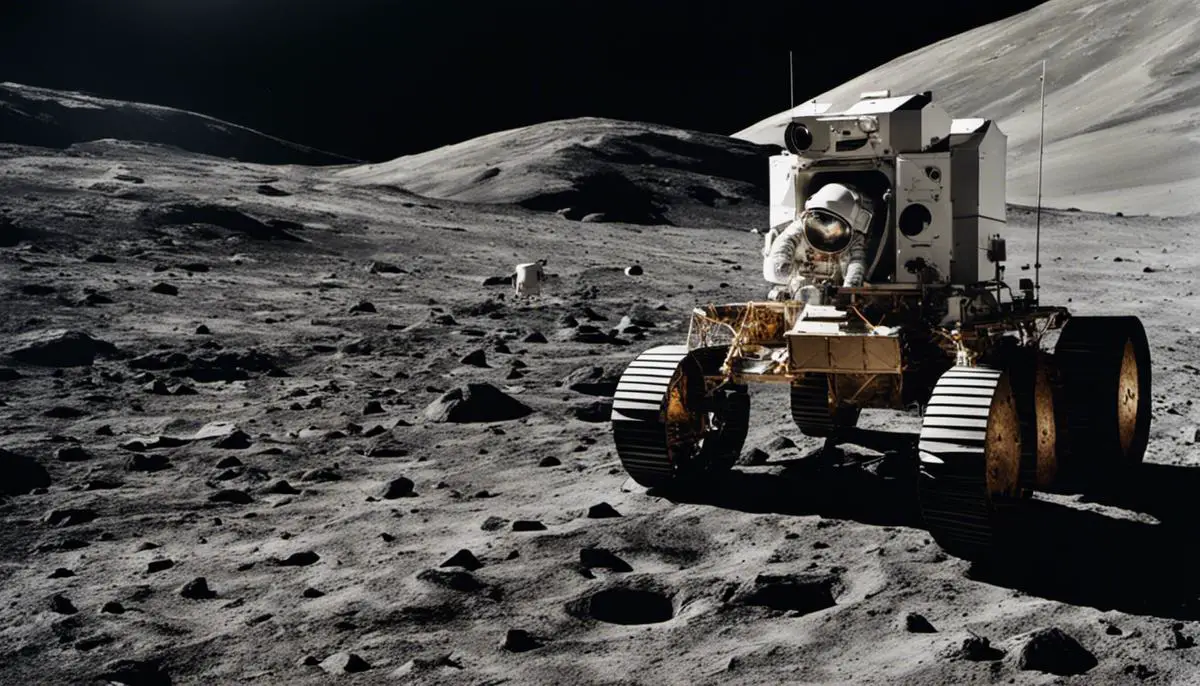In the annals of humankind’s pursuit of knowledge and exploration, the Apollo missions of NASA stand as a towering milestone. These incredible ventures transcended the realm of mere space conquest and paved the way for significant advancements in the sphere of lunar geology. Not only were the Apollo missions about setting foot on the extraterrestrial surface of the Moon, but they were also instrumental in uncovering invaluable geological data about our nearest celestial neighbor. This narrative will shed light on the far-reaching impact and crucial role of these geological findings, from the preparatory phase of astronaut training to the enduring influence on modern space exploration and understanding of our own planet.
Contents
Understanding the Apollo Missions
The Apollo missions, overseen by the National Aeronautics and Space Administration (NASA) from 1961 to 1972, represented a colossal leap for mankind, not only in terms of space exploration but also in our understanding of lunar geology. Through twelve missions, six of which landed astronauts on the moon, these programs achieved a multitude of objectives, both political and scientific.
Project Apollo and Its Goals
At its conception, Project Apollo had two main objectives: demonstrating United States superiority in space during the Cold War and fulfilling President John F. Kennedy’s proclaimed national goal of “landing a man on the moon and returning him safely to Earth” before the end of the 1960s. However, alongside these high-level goals, there were also significant scientific objectives, which necessitated the collection of extensive geological data from our closest celestial body.
The Geology of the Moon
One of the primary science goals of the Apollo missions was to better understand the geology of the moon. These goals were achieved through site selection, on-site observation, sampling, photographic documentation, and subsequent laboratory study of the collected samples. The mysterious dark patches on the moon, observable from Earth, known as lunar maria, were an intriguing focus. Scientists were curious about what these patches consisted of, how they formed, and what implications they held for the moon’s geological history.
Apollo Missions’ Geological Findings
Over the course of the Apollo missions, astronauts brought back a total of 842 pounds of lunar rocks, core samples, pebbles, sand, and dust from the moon’s surface. These samples dramatically reshaped our understanding of the moon and its history. The analysis of the samples revealed that the lunar surface is covered in a thin layer of powdery regolith, formed by the micrometeorite bombardment and solar wind. Such an understanding would not have been possible without this hands-on analysis of the lunar soil and rocks and greatly contributed to our understanding of the moon’s evolution.
Key Scientific Discoveries
Moreover, the lunar samples provided invaluable evidence about the moon’s internal structure and thermal history, helping scientists to confirm that the moon was once volcanically active. They discovered different types of basaltic rocks in the samples brought back from the lunar maria, proving that these areas were filled by lava flows about 3-4 billion years ago. Additionally, highland samples were found to be anorthosite, a rock type that forms from slowly cooling magma. This supports the current theory of the moon’s origin, the “Giant Impact Hypothesis,” suggesting the moon formed out of the debris left over following an impact of a Mars-sized body with Earth.
Furthermore, in analyzing the lunar material, not only did scientists get to know more about the moon, but they also gained knowledge about our own planet and the entire solar system. For example, some lunar rocks were found to be much older than any rock found on Earth. By studying these ancient stones, scientists were able to gather information about the early solar system and gain insights into planetary science, which would be impossible to obtain on Earth due to its geological activity and weathering processes.
Examining the Impact of the Apollo Missions’ Geological Discoveries
At the heart of it all, the Apollo missions’ geological findings emerged as a monumental stride in scientific progress, gifting us with unrivaled knowledge on the moon’s past, its makeup, and how it came into being. This understanding has ignited our thirst for learning more about the cosmos, provided a stepping stone for further lunar expeditions, and set the stage for the succeeding era of scientific exploration and space discovery. This accentuates the enormous role of the Apollo missions in geological history, in addition to cementing their place as a significant turning point in the chronicle of space exploration.
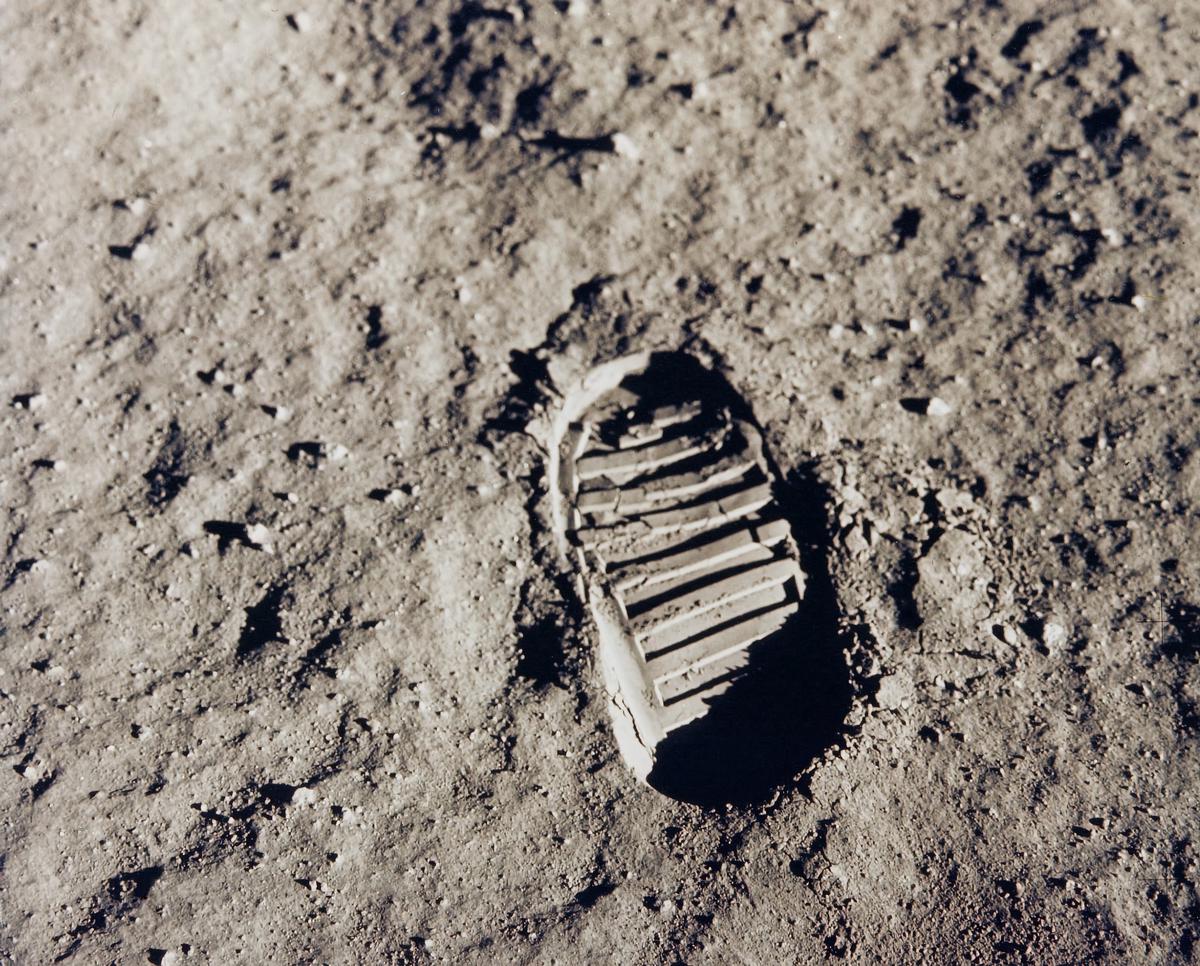
The Role of Geology in Apollo Missions
Realizing the Impact of Geology in the Apollo Missions
From 1961 to 1972, the Apollo missions significantly broadened our understanding of lunar geology. The geological discoveries from these missions served as a cornerstone in the evolution of planetary science, becoming instrumental in deepening our comprehension of the universe.
Astronaut Training in Geology
The Apollo astronauts’ significant role was to play essentially as robust, well-trained geological observers. Their training in geology was intense, extensive, and included theoretical coursework, laboratory work, and field trips to mimic the lunar surface’s geological settings. They studied minerals, rock classifications, structural geology, and geomorphology to understand the Moon’s geologic processes. They were also trained to identify important geological features and rocks, understand their formation, and collect significant samples.
Geological Tools and Equipment
The astronauts were equipped with an array of specific geological tools designed to handle the unique challenges of the lunar environment. These included rock hammers, scoops, sample collection bags, core tubes, and specially designed rakes for gathering lunar soil and small rock fragments. Equipment such as the Lunar Roving Vehicle (LRV) with its onboard cameras was also crucial for enabling astronauts to cover more extended distances and document their findings.
Influence of Geology on Mission Planning
Geology significantly influenced the Apollo missions’ planning. Landing sites were chosen based on the scientific interest they represented geologically. For instance, Apollo 15, 16, and 17 targeted areas with diverse geological interests including ancient lunar highlands, young volcanic plains, and a deep-cutting canyon, respectively. These sites were expected to offer a variety of rocks that would illuminate the Moon’s geologic history in different ways.
Impact of Geological Findings
Findings from these missions have changed the understanding of solar system history. Lunar rocks and soil collected revealed that the Moon’s surface was covered with a layer of fine dust, known as lunar regolith, formed over billions of years by meteoritic impacts. Additionally, they also revealed that the Moon had experienced early magnetic field activity, and was subjected to intense meteor bombardment. These findings offered researchers insights into the Earth’s early conditions, impacting theories about the Earth-Moon system’s origin and evolution.
Essentially, the Apollo missions profoundly expanded our understanding of the Moon’s geology, providing precious comparative data for planetology. Not only was careful and thorough geological training imparted to the astronauts, but specialized equipment was also deployed for the purpose of gathering this significant geological data. Furthermore, geology played an instrumental role in the planning of these missions, enabling successful extractions of information from our neighboring celestial body.
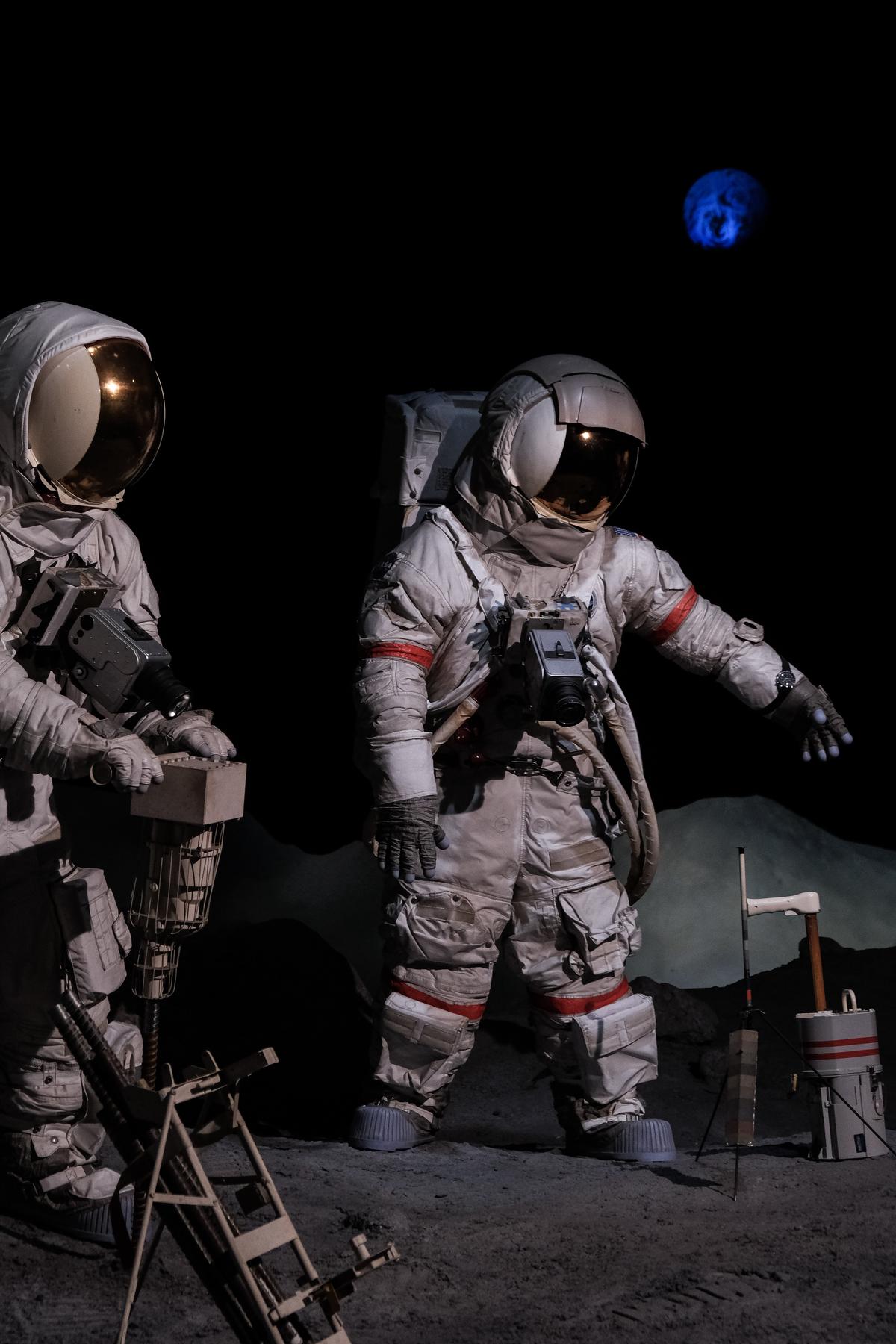
Photo by joehan330 on Unsplash
Major Geological Discoveries of the Apollo Missions
Geological Discoveries from the Apollo Missions
Over a span of nearly three years, from 1969 to 1972, twelve astronauts across six Apollo missions brought back around 842 pounds of lunar rocks, dust, core samples, and various other geological materials from the Moon’s surface. These findings from the Apollo missions have provided us with an unparalleled perspective on the early history of the Earth and the Moon, furthering our understanding of these celestial bodies.
Types of Lunar Material Collected
Three primary types of lunar rocks were collected: Basalts, Anorthosites, and Breccias. Basalts are volcanic rocks that formed from rapidly cooled lava, telling us about the Moon’s volcanic activity. Anorthosites, the oldest rocks on the Moon, were instrumental in confirming the Moon’s age to be about 4.5 billion years. Breccias are mixed rocks composed of different rock fragments that have undergone intense heating and pressure, indicative of the Moon’s collision-heavy past.
Comparatively, the lunar rocks vary substantially from terrestrial rocks. Lunar rocks contain minute amounts of volatile substances such as water and don’t bear traces of the common Earth minerals containing water or oxygen. The absence of atmospheric weathering and biological activity on the lunar surface further differentiate lunar and terrestrial material.
Presence of Water on the Moon
The Apollo missions initially suggested a dry, virtually waterless moon. However, subsequent re-analysis of lunar samples using advanced scientific techniques detected small quantities of water trapped within volcanic glass beads. This discovery has profound implications for future space exploration. Water is not only vital for astronauts’ survival but it can also be separated into hydrogen and oxygen – valuable resources for producing rocket fuel and providing breathable air.
Impact on Understanding of Solar System’s History
The moon rocks also provided a time capsule, directly recording the history of the solar system. By studying the lunar samples, scientists could understand better the rate and effects of meteorite impacts on the lunar surface. Information, in turn, informed about the Earth’s earlier history wherein similar bombardments likely occurred but the evidence was erased due to Earth’s dynamic geological processes.
Reflections on Lunar Environment and Evolution
The geological assessment of lunar samples fosters a more comprehensive understanding of the Moon’s geology and its evolution, which was presumed to be largely inactive. Discovered traces of radon gas and an ongoing process of surface ‘gardening’ from micrometeorite impact suggest the Moon’s surface is more dynamic than previously believed. Evidence from different layers of rock samples precisely established the ages of lunar surfaces, enabling astronomers to recalibrate the ages of planetary surfaces throughout the solar system.
Without a doubt, lunar and planetary science have greatly benefitted from the geologic data yielded by the Apollo missions. These historic lunar landings unveiled a treasure trove of information about our nearest neighbor in space, the Moon. Furthermore, they laid the groundwork for formulating a clear hypothesis regarding the formation and evolution of our solar system.
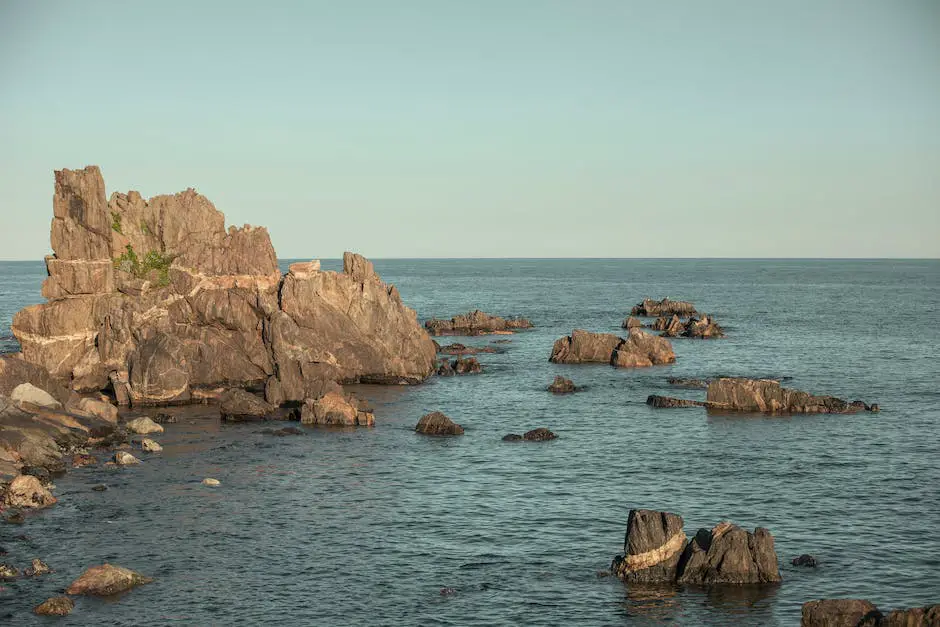
Impact on Earth’s Geological Understanding
Demystifying Planetary Formation
The analysis of geological data from the Apollo missions has deepened our comprehension of the Earth’s own geology. Rocks and soil samples procured from the moon’s surface have delivered crucial insights on the structure and geologic past of the Moon, shedding light on the primal phase of the Earth and the mechanisms of planetary formation at large. The study of these extraterrestrial specimens has enabled scientists to separate the Moon’s structure into crust, mantle, and core, much like Earth’s. However, the Moon’s distinct differences have given us valuable knowledge about the processes involved in the shaping of planets.
The Impact Theory and the Moon’s Origin
Arguably, one of the most significant discoveries from the Apollo missions is the support they provided for the Giant Impact Hypothesis or the Big Whack theory. This theory suggests that a Mars-sized body, referred to as Theia, collided with the early Earth, leading to the ejection of enormous debris. This debris later coalesced and formed the moon. The similar oxygen isotopes signatures found in lunar and terrestrial rocks, discovered from lunar samples brought back by Apollo astronauts, have reinforced this theory.
Comprehending Earth’s Geological Behavior
Beyond enhancing our understanding of planetary formation and the moon’s origin, the Apollo missions have also helped in unraveling Earth’s geological mysteries. Since the moon lacks atmospheric weathering and plate tectonics, its surface preserves a pristine record of cosmic events. By studying the record of meteor impacts on the moon, scientists have gleaned insight into the Earth’s own geological past.
Documenting Lunar Volcanism
The geology findings from the Apollo missions have also illuminated the occurrence of lunar volcanism. Some Apollo lunar samples hold tiny beads of volcanic glass, reflective of ancient volcanic activity. Analysis of these beads shows that the moon was, contrary to prior belief, geologically active. This evidence has disproved the long-standing theory that the moon was a lifeless body and has sparked new discussions about the moon’s volcanic history and plate tectonic movements.
Space radiation Impact
The Apollo missions have offered priceless insights into the impact of space radiation on rocks and soils. Lunar samples exposed to space show distinct characteristics from those on Earth, which exist under the protection of a magnetic field. The research conducted on these samples shed light on the harmful effects of galactic radiation, informing the design of future spacecraft and mars missions.
In summation, the Apollo missions’ geological discoveries have been instrumental in propelling our knowledge about Earth’s own geological aspects, the methods concerning planetary formations, and the bigger picture that places our planet in the context of the broader universe.

Photo by joehan330 on Unsplash
Modern Interpretations and Applications of Apollo Geology Findings
Interpreting Contemporary Space Studies Through Geological Findings from Apollo Missions
Geological insights obtained from the Apollo missions have been pivotal in shaping the direction and understanding in the sphere of contemporary space research. They significantly altered our perception of the cosmos. The plethora of information gleaned from lunar rocks and soil specimens gathered during these missions extended our comprehension of the moon’s geological dimensions, such as its age, construction, and evolutionary history. These pivotal revelations nurtured an enlightened understanding of astronomical bodies and established solid foundations for ongoing space exploration.
Take for example, the unearthing of anorthosite, a specific category of igneous rock, during the Apollo expeditions. This suggested that the lunar surface had been entirely molten at some stage, which heralded a challenge to the accepted theories on lunar creation. Existing knowledge of lunar volcanic activities has significantly been influenced by these lunar specimens, exhibiting an age far beyond any volcanic rock present on Earth.
Moreover, the Apollo expeditions furnished critical data that presently facilitate scientists studying Mars. A comparative analysis between lunar specimens and Martian meteorites allowed scientists to observe similarities in their rock’s chemical composition, considerably enhancing our understanding of the geological and climatic past of Mars.
Apollo Missions’ Influence on Extraterrestrial Life Research
The study of rocks and soil from the Apollo missions marked a significant advance in research on the potential for extraterrestrial life. These findings gave scientists a window into the extreme conditions of space that life as we know it may not be able to withstand. By studying these samples, researchers have been able to understand more about the building blocks of life and the conditions necessary for it to exist. This evidence plays a critical role in guiding the search for life on other planets.
Contributions to Lunar Exploration
The renewed interest in lunar exploration is, in part, due to the geology findings from the Apollo missions. Since these missions, no other manned landings have been conducted on the moon, making the discoveries from the Apollo missions indispensable for current lunar exploration. These samples continue to be a priceless resource for learning about the moon’s formation and history.
The Apollo missions’ geology findings continue to make significant contributions to space research. This knowledge advances the study of other celestial bodies, aids the search for extraterrestrial life, and fuels the quest to return to the moon. By continually analyzing the samples and data, scientists can formulate a more detailed understanding of the universe and our place within it.
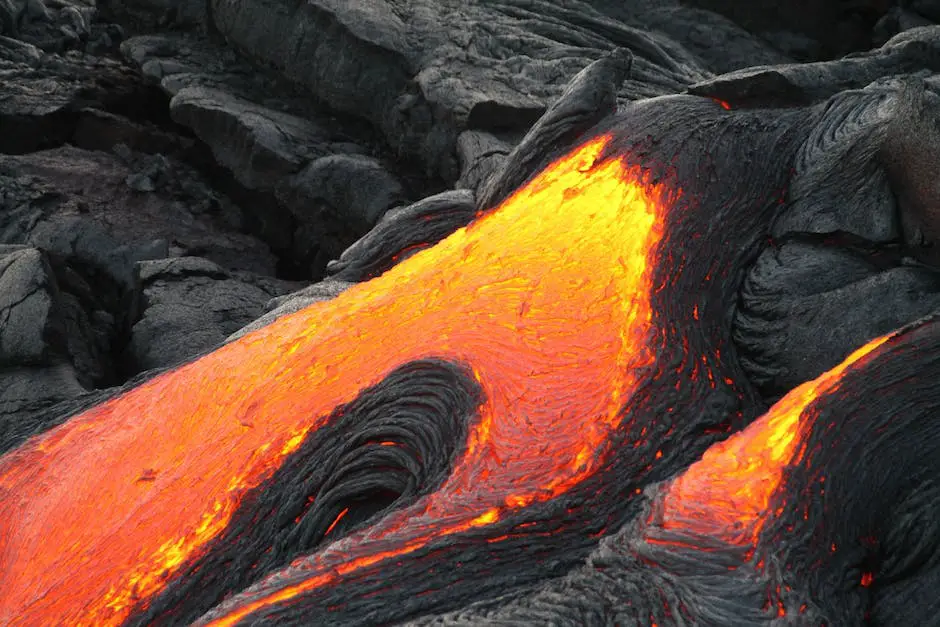
Fifty years on, the rich geological findings of the Apollo missions continue to reverberate through the corridors of space research and exploration. These discoveries have significantly propelled our knowledge of the Moon and, by extension, the Earth. They have revealed insights into the formation of planetary bodies and shaped compelling theories about the Moon’s origin. More than ever, the continued analysis and interpretation of the Apollo samples foster a renewed interest in lunar exploration, enlightening our plans for co-inhabitation, and paving avenues for the study of other planets, such as Mars. As we look towards the stars and plan our next voyage, we do so standing on the shoulders of the Apollo missions and their profound geological revelations.

With a passion for unraveling the mysteries of the moon, Dr. Luna Sterling is a highly-respected astrophysicist, a dedicated lunar enthusiast, and a captivating blogger. After earning her Ph.D. in Astrophysics from the Massachusetts Institute of Technology (MIT), she served as a lead scientist and mission planner for NASA, contributing significantly to various lunar missions.
For over two decades, Luna has been at the forefront of lunar science, pushing boundaries and pioneering discoveries that have enriched our understanding of the moon’s geological history. However, it’s her infectious enthusiasm for all things lunar that truly sets her apart.
In an endeavor to bring the moon closer to everyone, Luna started her blog, “Luna’s Lens: A Closer Look at the Moon.” With this platform, she offers a unique blend of intriguing moon facts, updates on lunar missions, and personal anecdotes from her experiences in the field, all told in an engaging and accessible manner.
Luna’s unique blend of scientific expertise and warm, humorous writing style has transformed complex astrophysics into compelling narratives that captivate her audience. As a gifted communicator, she leverages her knowledge and experience to relate scientific facts to everyday life, thus making her blog a must-read for both seasoned space enthusiasts and curious newcomers.
Interactive and inviting, Luna frequently encourages reader engagement through thought-provoking discussions and a monthly ‘Ask Dr. Luna’ feature, where she personally answers questions about the moon and space exploration. A celestial storyteller at heart, Dr. Luna Sterling’s passion for the moon is as vast as the cosmos she explores, making her an invaluable beacon in the world of lunar science.
